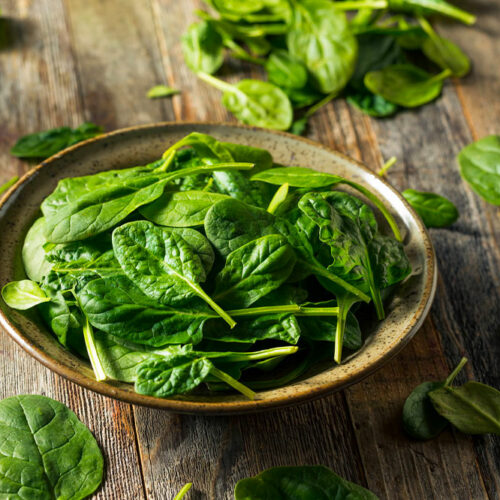4 foods that are important in managing hemophilia

Hemophilia is a genetic disorder that is mostly diagnosed at a young age. The blood doesn’t clot as it should in people with this disease, causing excessive bleeding, which can turn life-threatening. The condition largely occurs due to the absence of certain blood-clotting proteins (called clotting factors), although it can also be acquired due to an immune system issue. Physical therapy, clot-preserving medications, and vaccinations are viable treatment options. Alternatively, certain food choices can also help manage the symptoms and prevent the condition from worsening. In this article, we’ll take a look at some of the beneficial foods to eat for people with hemophilia: Whole grains Oatmeal, brown rice, and barley are a few of the healthiest whole grains to eat for hemophilia patients. These foods contain fiber and nutrients that help stabilize blood glucose levels. By lowering the risk of heart disease and stroke, these foods prevent serious complications associated with hemophilia. Whole grains also reduce chronic inflammation, which can be touted as a major contributor to internal bleeding. Calcium-rich foods Important for the growth and maintenance of the bones, calcium is paramount for hemophilia patients. The nutrient helps keep tooth and bone health in check, preventing damage and subsequent blood loss.






